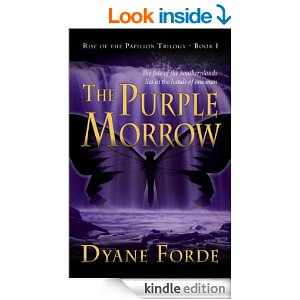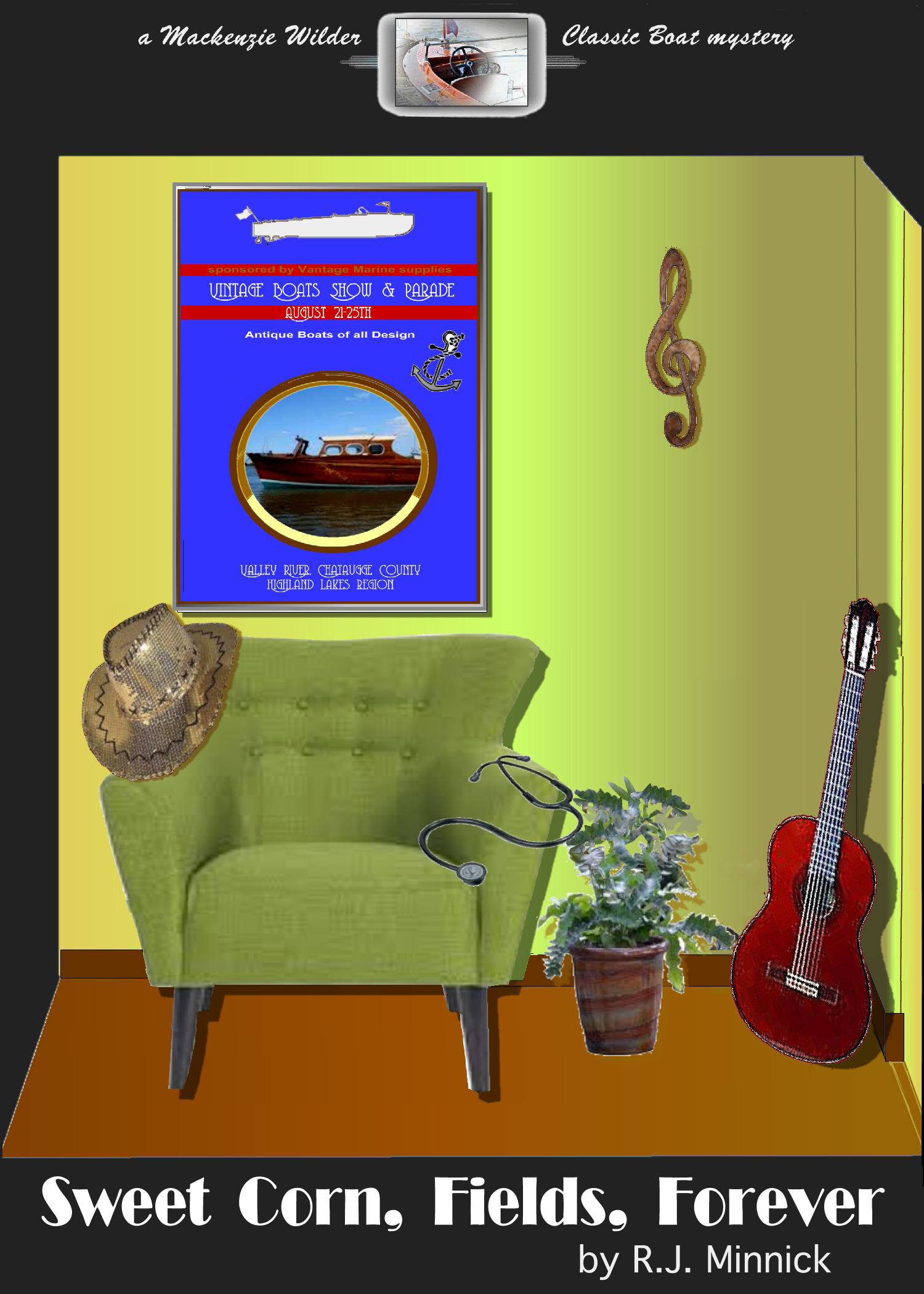It’s been three years since I completed my book, The Purple Morrow, followed by a year spent looking for ways to get it published and distributed, followed by another seeing how things went from there. With how simple self-publishing has become over the last few years, you’re probably wondering why I didn’t just skip all that and jump instead onto Create Space or Kindle and do it myself.
The truth is I did try. But years ago, when I was ready to get my book into the hands of readers, the self-publishing companies weren’t as user-friendly as they are now. I tinkered with various platforms: Blurb, Create Space, and Kindle and got the same problem every time: a major case of frustration. I had NO idea how to format. It became so irritating that I abandoned the whole thing and ran without passing go to a company who could do it for me. Now it’s years later and thankfully, times have changed. So has the ease with which one can format and upload their books to a variety of publishing/distribution platforms.
About a month ago, I ended the contract with the company that had published and distributed my book. We agreed on a month’s transition period, and in that time I got busy. Below are some of the things I learned as well as some tips I thought worth sharing:
Step 1: About ending an existing contract
If you have an existing contract with a publisher, read it carefully to make sure you follow the terms for termination. In fact, make sure there is a clause that ensures you can terminate the contract, should the need ever arise. Try to be respectful. If you are breaking the contract, even if you have the right to, remember that the publisher might be on the losing end of their investment. How you deal with them might make or break a smooth termination: you want them to cooperate, so be nice.
Step 2: Finding a site to publish and distribute the book.
I started with Smashwords, and I’m so glad I did. After numerous failed attempts at formatting in the past, I was stressed about attempting this. But here’s what I did to ease the pain:
a) I asked for help.
I put out a general call on Google+ asking for tips and suggestions from other Smashwords (SW) users and luckily, a couple of friends responded. They shared some of their know-how and also made themselves available to help me if I needed more coaching. It’s good to have friends.
b) I read and reread and reread the SW Style Guide and Template. This might seem excessive, but having a good understanding of what SW expects and why makes the investment worthwhile (i.e., because they upload to various reader platforms, having a simple template that is compatible with all of them makes it easy to gain access to many distributors with one template). The Style Guide is great. There are step-by-step explanations, examples, screenshots, etc. to make things clear. Even when I had problems formatting my chapter headings, I applied the Style used in their Template to my document and poof! Working chapter heads! There are many ways to format your piece, but this one worked for me.
Note, however, the only thing I didn’t like about the SW experience is that they don’t have a Preview option, which means you have to upload the book and then download it on one of the various platform formats in order to see what the final product actually looks like. But that’s a small price to pay for an overall good experience.
Now, via SW, my book is available on Nook, Kobo, iBooks, SW, and for download in EPUB, mobi (Kindle), etc. That’s bang for your buck. And, since the manuscript was already formatted for Kindle, to get it distributed on Amazon, all I had to do was upload the same formatted file and voilà! Done.
Step 3: Dealing with Create Space
Alright, this was a different beast. I felt a different sort of stress about this because people pay more for a print book, so I wanted to make sure that the end result looked as much as possible like something that came from a traditional publisher. Not knowing anything about typesetting, what was I going to do?
Create Space (CS) now has a formatted template. Essentially, you can copy and paste your document right into it, and your front and back matter are all laid out for you, only needing a few tweaks to personalize. This was a wonderful discovery!
Still, there were issues: the template only provided ten formatted chapters, and I learned the hard way that if you paste chapters into the wrong formatted section weird things happen. Entire sections appear halfway down the page, or page numbers stop suddenly or repeat, etc. And the chapter heads – ! I won’t go there.
I didn’t find a lot of help in the CS forums but Word’s ‘tell me more’ feature on the .docx version is wonderful. Again, I found screen shots and detailed step-by-step explanations that helped me figure out how to deal with messed-up headers and footers, and the other formatting problems I had. By the end, the final version looked just about as good as the version I’d paid for. And I’d done it myself.
Admittedly, this all requires time, patience, and a willingness to learn. It took about a week to wrestle the ebook version, and about as much to handle CS—probably because I had gained some basic formatting knowledge from having dealt with the ebook.
Oh, one more thing. I admit I had outside help with the images, both for the ebook and the print version. This was beyond me, especially the print version, so I asked my husband, a graphic designer, to handle it. That said, SW and Amazon offer templates authors can use, as well as design services, should you need help.
So, overall, preparing my book for both ebook and print formats was a lot less painful than expected, and it even left me with a huge sense of accomplishment. All it took was a willingness to try.
Thanks for reading! What have your self-publishing experiences been like? Do you have any tips or warnings to share? I’d love to hear them.
Author Bio
Dyane Forde’s love of writing began with an early interest in reading and of words in general. These sparked a life-long desire to write all types of things, including short stories, novels, flash fiction, and poetry. To her, every story represents new challenges to tackle, as well as a means by which she can connect with people on a level deeper than intellect. Forde is the author of the adult fantasy novel, The Purple Morrow, and its upcoming sequel, Wolf’s Bane. Dyane also hosts a writing blog at www.droppedpebbles.wordpress.com where she welcomes chatting with readers and other writers. Stop by and drop her a line!
Links
Blog: Dropped Pebbles
Book: The Purple Morrow



